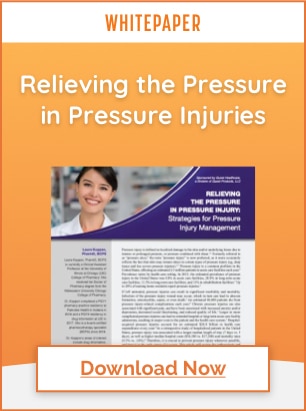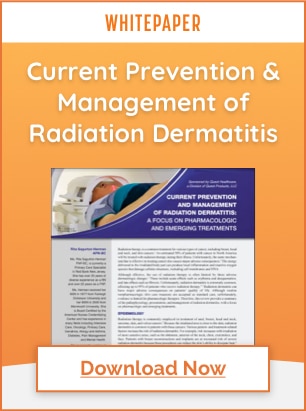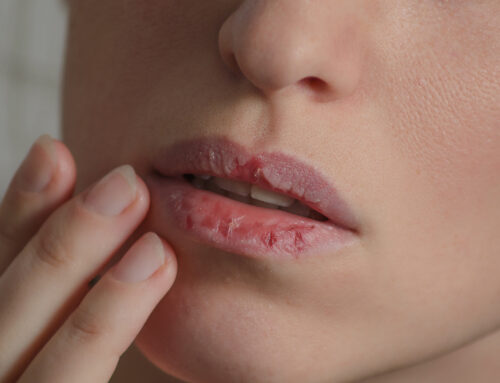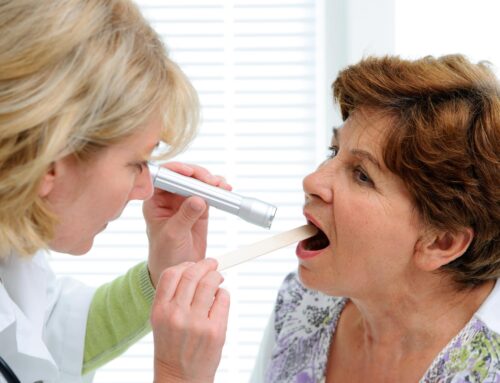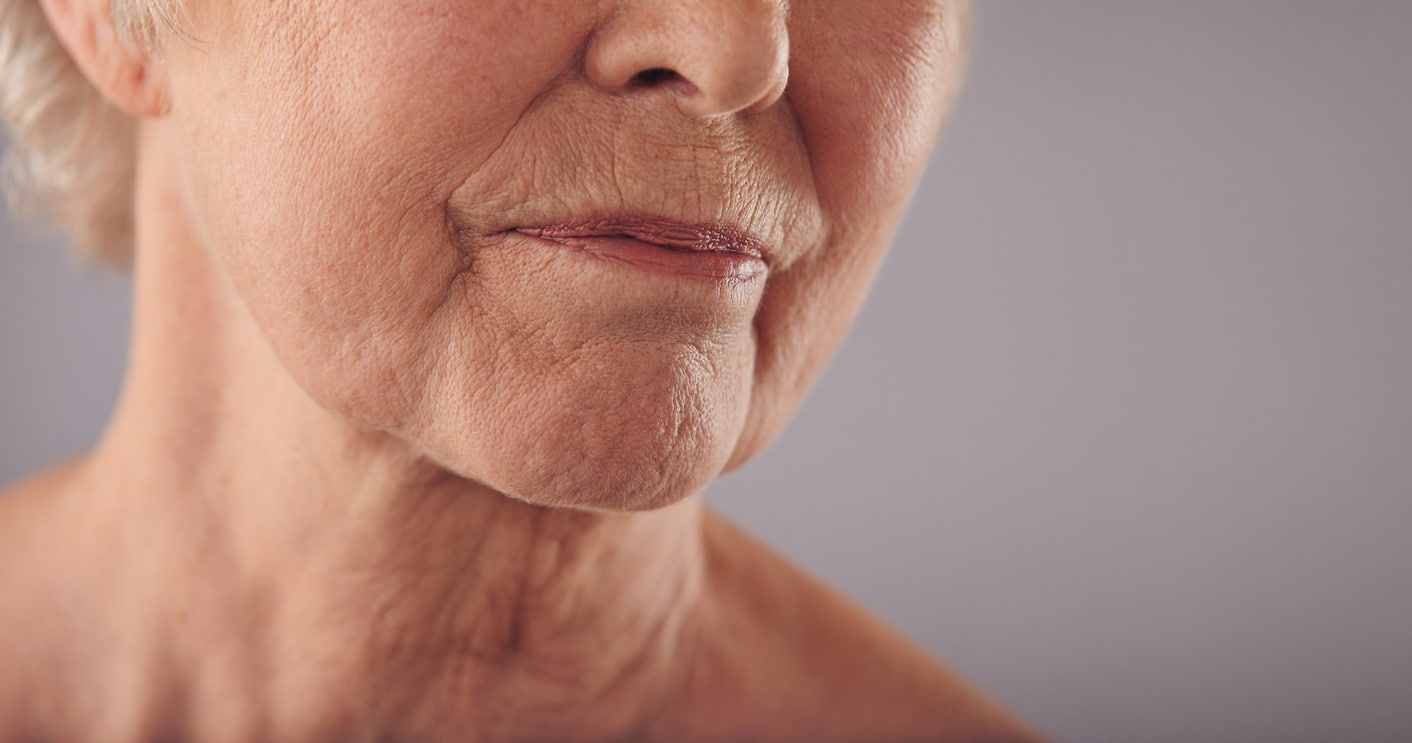
Xerostomia in the Elderly: What You Need to Know
Increased life expectancy has led to Xerostomia (dry mouth) becoming a more common health condition among the elderly population. It is estimated that approximately 30% of the population 65 years and older experience xerostomia.1
While dry mouth isn’t a natural part of the aging process, it is most common in elderly patients due to medication side effects, cancer treatment/radiation, poor dental health, infection of the mouth, and diseases such as Diabetes, Sjögren’s Syndrome, Rheumatoid Arthritis, Scleroderma, or Alzheimer’s disease.
Because the onset of dry mouth is typically slow, it often goes unreported by patients. Many elderly patients suffering from dry mouth don’t report it to their physician until their saliva levels drop by 50%. If left untreated, dry mouth can contribute to more serious health problems and reduced quality of life.
It’s important for clinicians to be aware of dry mouth problems in older patients, and be prepared to provide a diagnosis and administer treatment to protect a patient’s oropharyngeal health and quality of life.
The goal(s) of treating xerostomia include identifying the possible cause(s), stimulating saliva production, restoring oral moisture, easing discomfort, and preventing complications like dental caries and periodontal infections.
Health Complications Caused by Xerostomia
Dry mouth can cause the following health complications and side effects:
- damage to the hard and soft tissues of the mouth
- a dry, rough tongue
- mouth sores
- an infection in the mouth
- difficulty sleeping due to oral discomfort
- halitosis
- trouble chewing, swallowing, tasting, or speaking
- altered taste or intolerance for spicy, salty, or sour foods or drinks
- a sticky, dry, or burning feeling in the mouth
- trouble chewing, swallowing, tasting, or speaking
- cracked, peeling, or atrophic lips
- hoarseness
- inability to retain dentures
Diagnosis of Xerostomia
Examination of the entire oral cavity for patients with dry mouth may reveal:
- Stringy or foamy saliva
- Dry and/or sticky mucosa
- Little or no pooled saliva on the floor of the mouth
- Difficulty expressing saliva from salivary glands
- Dental caries
- Pseudomembranous candidiasis (white plaque on mucosal surface)
- Enlarged glands (most commonly found in patients with Sjogren’s syndrome or other diseases)
Sialometry (injection of a radio-opaque material into the salivary glands to measure salivary flow rates) can be helpful in the evaluation and diagnosis of dry mouth. The normal flow rate from the parotid gland usually ranges between 0.4 to 1.5 ml/min/gland.
Treatment of Dry Mouth in the Elderly
Treatment of dry mouth helps increase the amount of saliva produced and alleviate accompanying symptoms. There are habits and lifestyle changes that can help prevent and alleviate dry mouth, such as:
- Proper hydration, even at night (keeping a glass of water by the bedside)
- Humidifier use while sleeping
- Breathing through the nose instead of the mouth
- Avoiding mouthwashes that contain alcohol
- Quitting smoking or using chewing tobacco
- Mouth lubricants
- Regular brushing and flossing
- Reduction or elimination of caffeine and alcohol intake
- Xylimelts®
A full evaluation of medications taken by patients to assess dry mouth as a side effect is also helpful, including OTC medication such as decongestants and antihistamines.
Xylimelts® Can Help Relieve Dry Mouth
XyliMelts® are oral-adhering discs that stick to teeth or gums to relieve persistent dry mouth. Use XyliMelts® during the day or while sleeping for temporary relief from frequent thirst, sticky dryness in the mouth and throat, and other unpleasant dry mouth symptoms.
Made with xylitol, a natural sweetener that helps stimulate saliva flow, XyliMelts® utilize adhering disc technology to slowly release 550 mg of xylitol, which is most effective when continuously released and lingers in the mouth, especially when used while sleeping when saliva flow is lowest. XyliMelts® last for hours, moisturizing and coating the mouth for optimal comfort. The mild mint and slightly-sweet flavor freshens breath and the xylitol may reduce the risk of tooth decay.
Request samples for your facility today.
Disclaimer: The material contained is for reference purposes only. Quest Healthcare, A Division of Quest Products, LLC, does not assume responsibility for patient care. Consult a physician prior to use. Copyright 2021 Quest Healthcare, A Division of Quest Products, LLC.
Sources:

